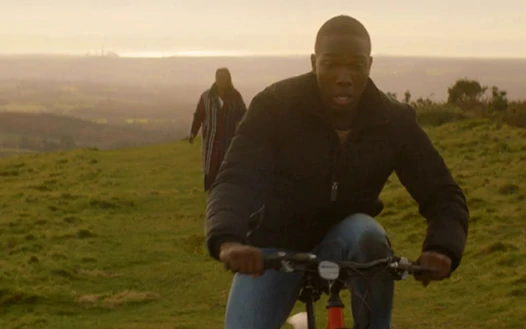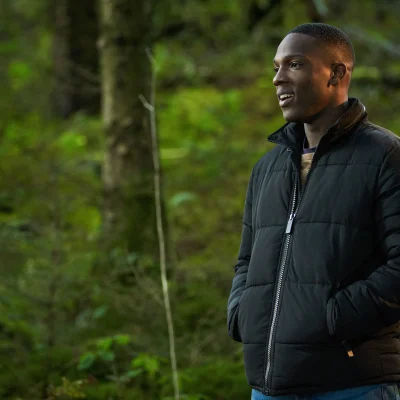One of the most popular science fiction shows on television, Doctor Who, made a ground-breaking move when introducing a new character with dyspraxia.
In the episode, The Woman Who Fell to Earth we get a new Doctor and a new set of companions. Tosin Cole plays Ryan, one of the new companions, and Bradley Walsh as his step-grandad. When we see Ryan’s grandparents Grace and Graham trying to teach Ryan how to ride a bike and Ryan struggling to stay upright and constantly falling off, we learn that he has dyspraxia.

Dyspraxia is a neurological disorder that affects movement and coordination, and this is the first time that it has been featured prominently in a major television show.
Common dyspraxia symptoms
There is no one-size-fits-all answer to how dyspraxia affects people, as everyone experiences it in their own way. It is a lifelong disorder that can cause problems like balance, coordination, and speech problems. For people with dyspraxia, everyday tasks can be difficult and frustrating.
It causes problems with physical tasks that seem easy to most people. These can affect the way you walk, talk, eat and write. But other things like memory, maths, attention and imagination don’t usually seem to be affected. Your body might work in a way that is unusual to others. And this can cause it to be very tiring. Many people with dyspraxia also have trouble relaxing, concentrating and sleeping well.
Dyspraxia can make everyday tasks challenging. Even simple things like getting dressed, brushing your teeth, or making a sandwich can be a real struggle.
Representation matters
The introduction of Tosin Cole’s character Ryan Sinclair has helped raise awareness of dyspraxia and has shown people with the condition that they are not alone. For many people with dyspraxia, seeing someone with the disorder portrayed onscreen was incredibly empowering.
Doctor Who showrunner Chris Chibnall has a nephew with dyspraxia and felt it was important to see that heroes come in all shapes and sizes. To make sure Ryan’s portrayal was representative of people with dyspraxia, Chibnall says that the script team worked closely with the Dyspraxia Foundation.
It’s good to see that one of my favourite TV shows is helping to pave the way for increased representation of people who have dyspraxia and other neurological disorders in the media.









Leave a Reply